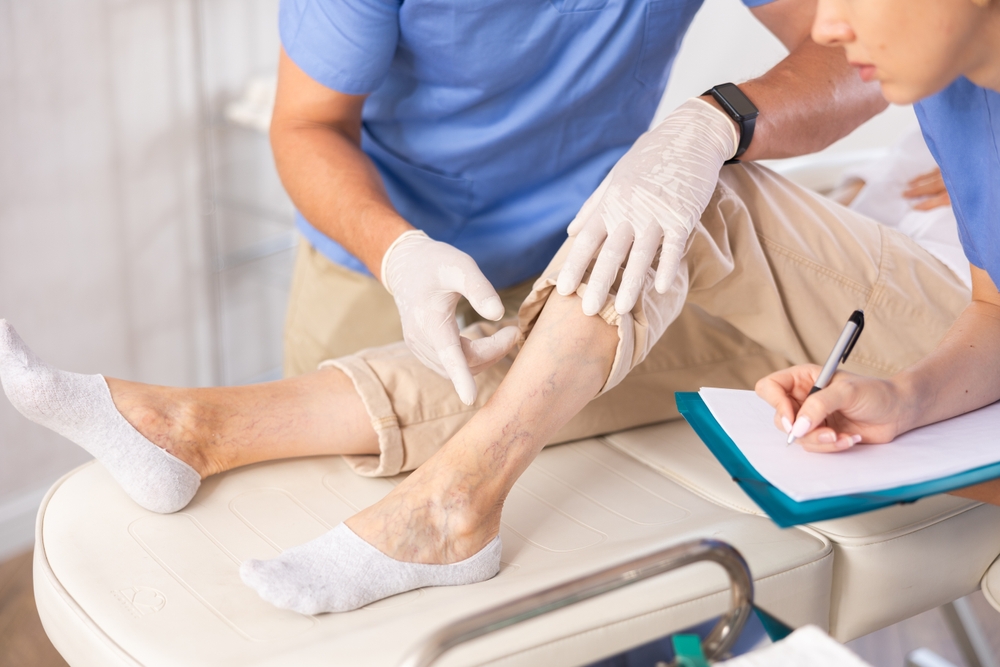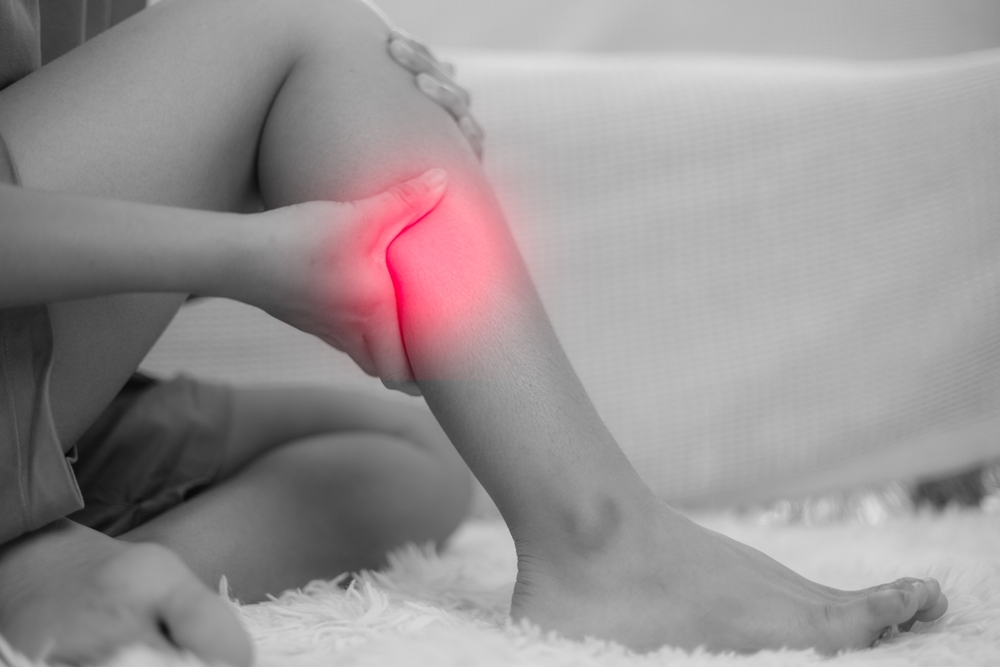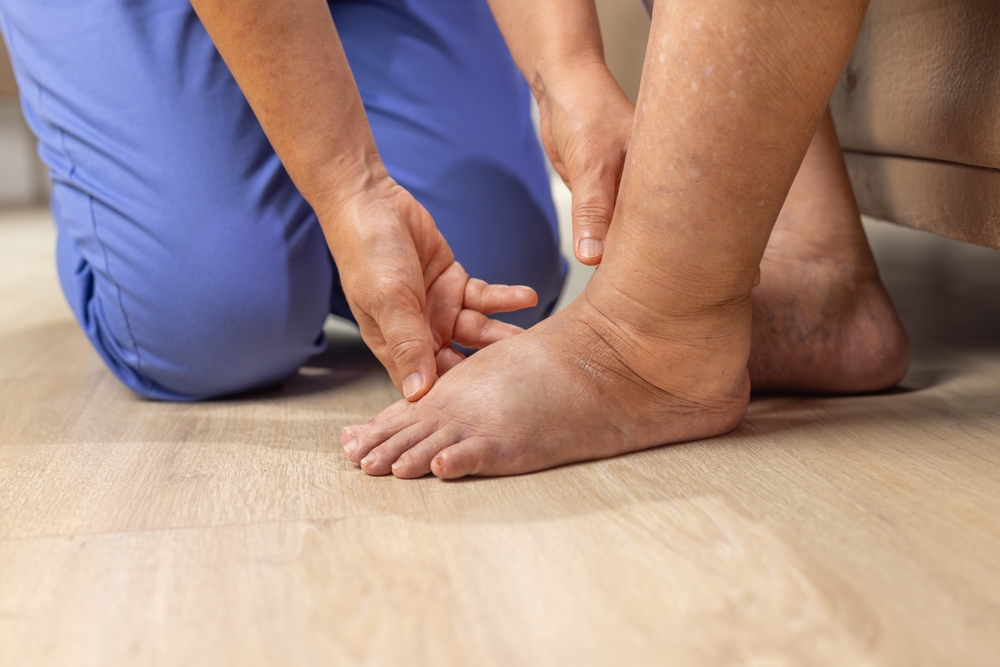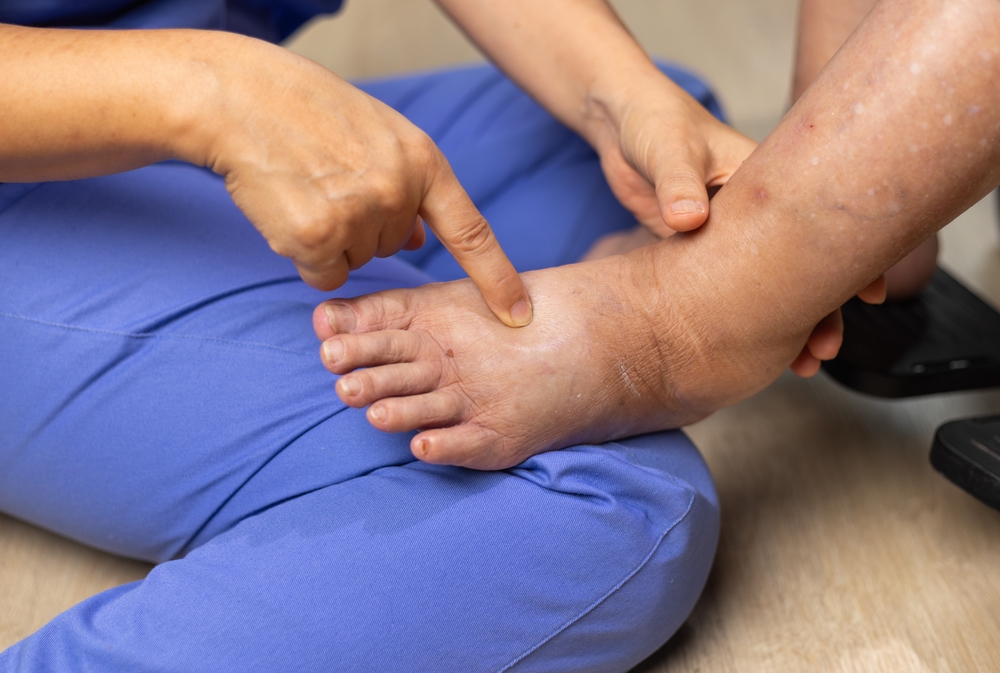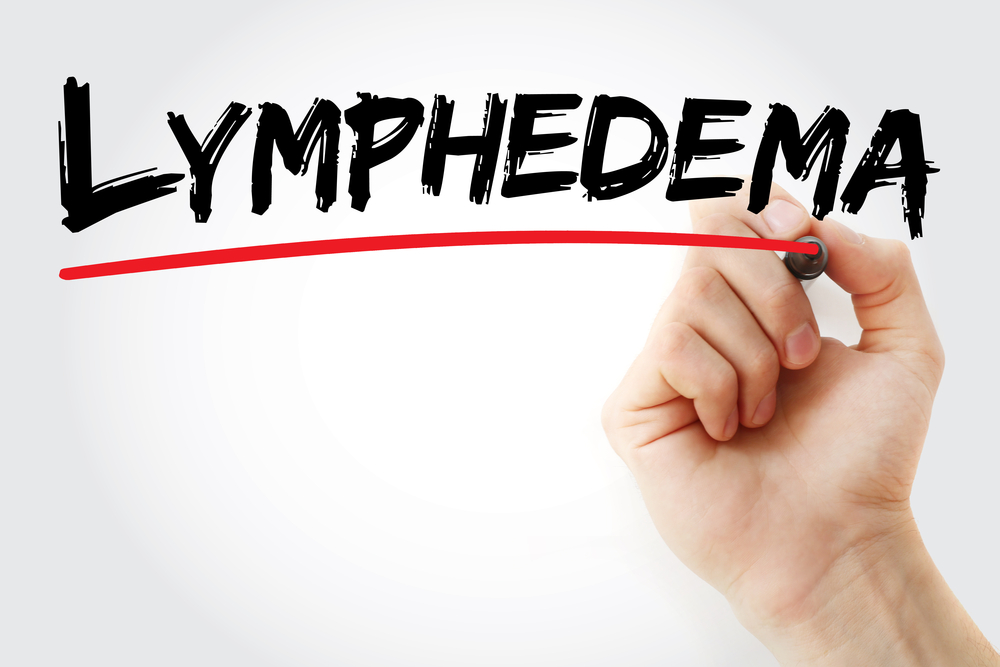What is Peripheral Artery Disease (PAD) Treatment?
PAD treatment focuses on reopening narrowed arteries to restore blood flow to the limbs. The condition occurs when plaque buildup limits circulation, leading to pain, fatigue, and potential tissue damage. Treatment begins with lifestyle changes and medications to manage cholesterol and blood pressure. In more advanced stages, interventional procedures such as angioplasty, stenting, or bypass surgery are recommended. The primary aim is to prevent complications like ulcers or limb loss and improve walking endurance.
This procedure helps to:
- Restore blood flow to legs and feet.
- Relieve pain during walking or at rest.
- Heal chronic wounds and prevent tissue damage.
- Lower the risk of heart attack and stroke.
- Enhance physical activity and independence.
What to expect after PAD Treatment?
Most patients experience an improvement in leg comfort and stamina soon after treatment. Walking programs and medication help maintain open arteries and prevent recurrence.
- Noticeable relief from cramping or burning sensations.
- Better wound healing and skin color.
- Temporary bruising at the treatment site.
- Gradual increase in activity levels.
- Ongoing lifestyle and dietary support for vascular health.

